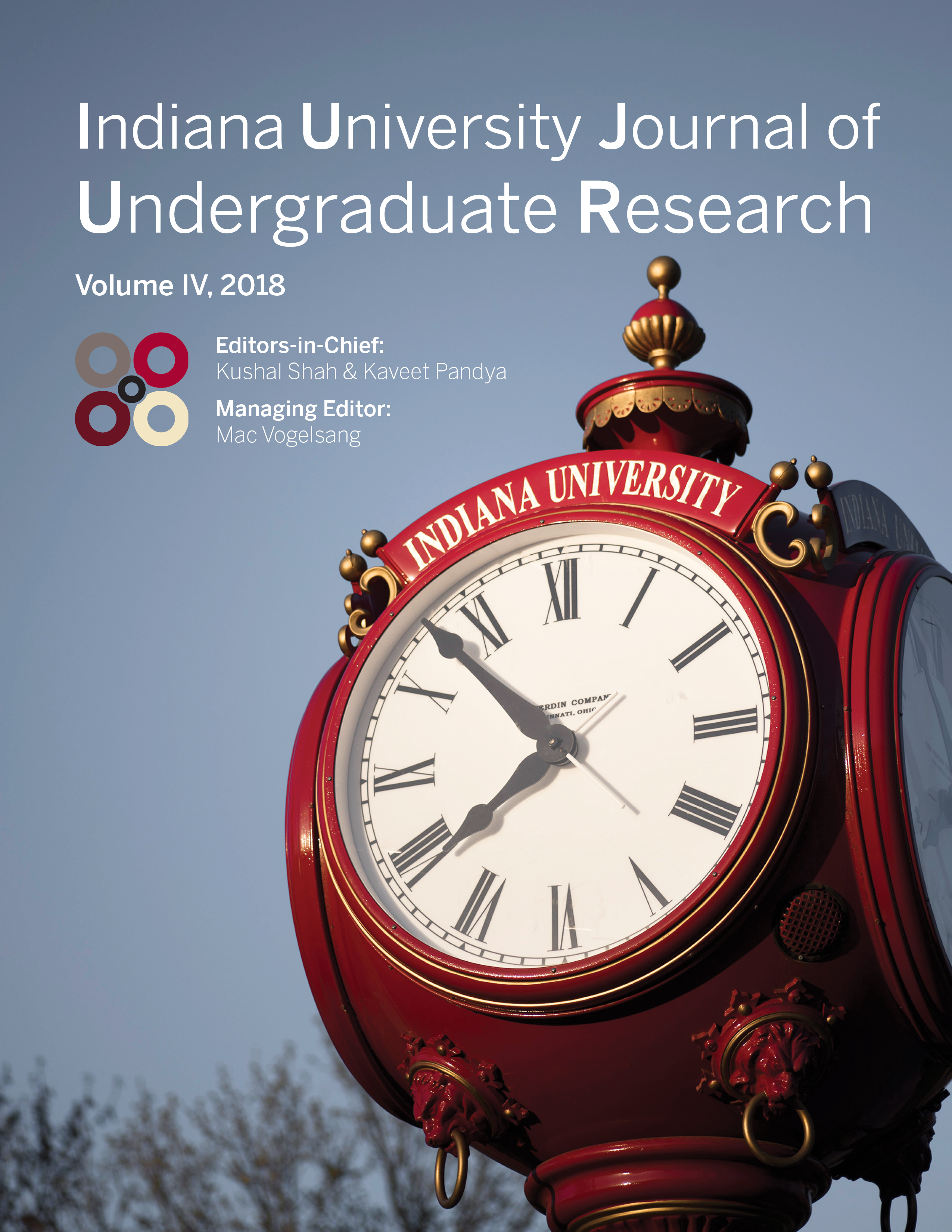The Effect of Whiteness and Attempts to Preserve It on Political Division in the United States
Main Article Content
Abstract
Beginning in the early 1990s, the American public has become increasingly politically polarized. As party affiliations have become more rigid, a racial trend has emerged in which white voters are much less likely than black voters to identify as liberal or align with the Democratic Party. Using voting data from the 2016 presidential election, this study correlates the prevalence of whiteness in certain counties with those counties’ support for Democratic presidential candidate Hillary Clinton. This paper first details the increasing polarization over the past decades and the dramatic shift of white voters away from liberalism. It then analyzes the political affiliations of other identity groups (such as women, millennials, and college graduates) that are majority liberal and demonstrates that, when restricted to their white members, those groups all lean conservative.
The research results find a significant correlation between concentrated whiteness and a rejection of Hillary Clinton. The correlation on a national level is weaker, however, than the correlation of counties when separated regionally, suggesting that the relationship between whiteness and anti-liberalism depends heavily on a county’s degree of whiteness (or anti-liberalism) in its geographical context. While it is impossible to determine whether the race of white voters consciously motivates their voting behavior, the results suggest that American democracy is informed, in some way, by the racial identities of its participants.
These results should encourage the public to discuss the current political climate and its intensely divided electorate from a racial perspective. If the nation perceives political division as a problem to be solved, it is essential to understand what factors might be causing the division. To that end, the results of this study would be fundamental to the nation’s dialogue and should be considered when voters make their decision on Election Day.
Downloads
Article Details
Authors who publish with this journal agree to the following terms:
- Ownership of the copyright shall remain with the Author, subject to IUJUR’s use and the rights granted by the Creative Commons license assigned by the Author. A Creative Commons Attribution-NonCommercial 4.0 International (CC BY-NC 4.0) license will be applied to the published work unless otherwise indicated in the Student Author Contract. The CC BY-NC 4.0 license (https://creativecommons.org/licenses/by-nc/4.0/) lets others remix, tweak, and build upon the published Work non-commercially, and although the new works must also acknowledge the original IUJUR publication and be noncommercial, they don’t have to license their derivative works on the same terms.Authors are able to enter into separate, additional contractual arrangements for the non-exclusive distribution of the journal's published version of the work (e.g., post it to an institutional repository or publish it in a book), with an acknowledgement of its initial publication in this journal.
- Authors are permitted and encouraged to post their work online (e.g., in institutional repositories or on their website) prior to and during the submission process, as it can lead to productive exchanges, as well as earlier and greater citation of published work (See The Effect of Open Access).
References
CNN. (2016, November 23). Exit polls. Retrieved from http://www.cnn.com/election/results/exit-polls
Coates, T. (2017, October). The first white president. The Atlantic, 320(3), Retrieved from https://www.theatlantic.com/magazine/archive/2017/10/the-first-white-president-ta-nehisi-coates/537909/
Cohn, N., & Quealy, K. (2017, October 5). Nothing divides voters like owning a gun. The New York Times, Retrieved from https://www.nytimes.com/interactive/2017/10/05/upshot/gun-ownership-partisan-divide.html?_r=0
Collins, E. (2016, August 31). Poll: Clinton, Trump most unfavorable candidates ever. USA Today, Retrieved from https://www.usatoday.com/story/news/politics/onpolitics/2016/08/31/poll-clinton-trump-most-unfavorable-candidates-ever/89644296/
Devine, C., & Kopko, K. (2016, November 15). 5 things you need to know about how third-party candidates did in 2016. The Washington Post, Retrieved from https://www.washingtonpost.com/news/monkey-cage/wp/2016/11/15/5-things-you-need-to-know-about-how-third-party-candidates-did-in-2016/?utm_term=.eb8c7b44ca7c
Edsall, T. (2017, October 5). How immigration foiled Hillary. The New York Times, Retrieved from https://www.nytimes.com/2017/10/05/opinion/clinton-trump-immigration.html
Newman, B. (2013, April). Acculturating contexts and Anglo opposition to immigration in the United States. American Journal of Political Science, 57(2), 374-390.PBS. (2017, February 17). The latest election results from the Associated Press. Retrieved from http://www.pbs.org/newshour/features/2016-election-results/
Pew Research Center. (2017, October 5). The partisan divide on political values grows even wider.
Pew Research Center. (2017, June 22). America’s complex relationship with guns.
Pew Research Center. (2016, September 13). The parties on the eve of the 2016 election: two coalitions, moving further apart.
Pew Research Center. (2015, April 7). A deep dive into party affiliation. U.S. Census Bureau. (2015, February 9). Census divisions and census regions. Retrieved from https://www.census.gov/geo/reference/gtc/gtc_census_divreg.html
U.S. Census Bureau. (2011, September). The white population: 2010.Wasserman, D. (2017, March 8). Purple America has all but disappeared. Retrieved from https://fivethirtyeight.com/features/purple-america-has-all-but-disappeared

